Search
Search Results
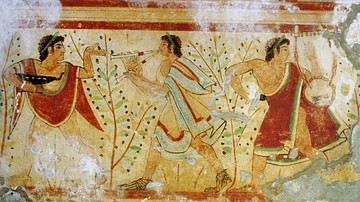
Definition
Tarquinia
Tarquinia (Etruscan name: Tarch'na or Tarch, Roman name: Tarquinii) is a town located on the western coast of central Italy which was an important Etruscan and then Roman settlement. It is famous today as the site of around 200 Etruscan tombs...
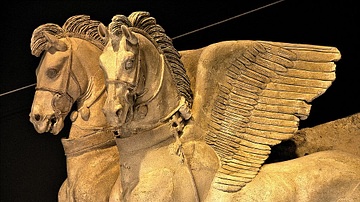
Image
Etruscan Winged-horses, Tarquinia
A pair of terracotta winged-horses from the Temple of the Ara della Regina, Tarquinia. Etruscan, c. 350 BCE. (National Archaeological Museum, Tarquinia, Italy)
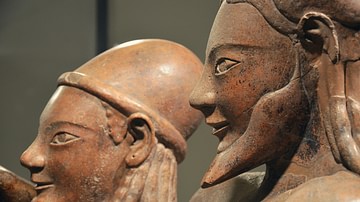
Definition
Etruscan Civilization
The Etruscan civilization flourished in central Italy between the 8th and 3rd century BCE. The culture was renowned in antiquity for its rich mineral resources and as a major Mediterranean trading power. Much of its culture and even history...
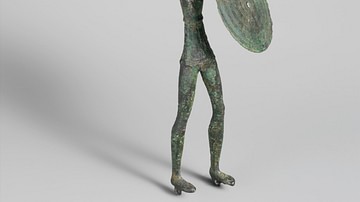
Definition
Etruscan Warfare
The Etruscan civilization, which flourished in central Italy from the 8th to 3rd century BCE, gained a reputation in antiquity for being party-loving pushovers when it came to warfare, but the reality is somewhat different. History being...
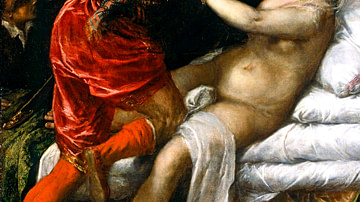
Definition
Lucius Tarquinius Superbus
Lucius Tarquinius Superbus ('Tarquin the Proud') was traditionally the seventh and last king of ancient Rome before it became a republic. He belonged to the Etruscan Tarquinii clan, reigned from 534 to 510 BCE, and was infamous for his tyrannical...
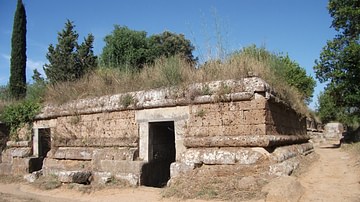
Definition
Cerveteri
Cerveteri (Etruscan name: Cisra or Caisra, Greek: Agylla, Roman: Caere) was an important Etruscan town which flourished between the 7th and 4th century BCE. Located near the western coast of central Italy, around 50 km north of Rome, Cerveteri...
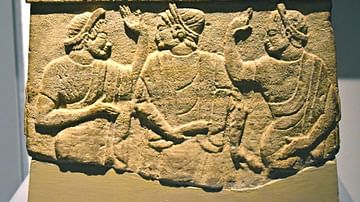
Definition
Chiusi
Chiusi (Etruscan name: Clevsin, Roman: Clusium), located in central Italy, was an important Etruscan town from the 7th to 2nd century BCE. Relations with the Romans famously soured when the king of Chiusi, Lars Porsenna, attacked Rome at...
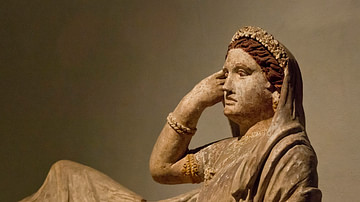
Definition
Etruscan Art
The art of the Etruscans, who flourished in central Italy between the 8th and 3rd century BCE, is renowned for its vitality and often vivid colouring. Wall paintings were especially vibrant and frequently capture scenes of Etruscans enjoying...
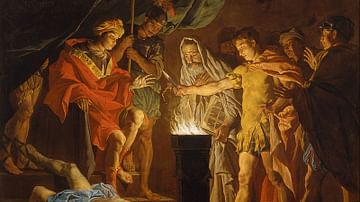
Definition
Lars Porsenna
Lars Porsenna was the semi-legendary Etruscan king of Chiusi who famously attacked and probably occupied Rome c. 508 BCE when the city had just exiled its last king and was moving towards becoming a republic. His extravagant tomb is described...
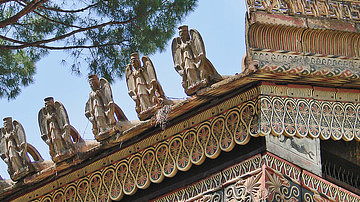
Definition
Etruscan Architecture
The architecture of the Etruscan civilization, which flourished in central Italy from the 8th to 3rd century BCE, has largely been obliterated both by the conquering Romans and time, but the very influence of the Etruscans on Roman architecture...